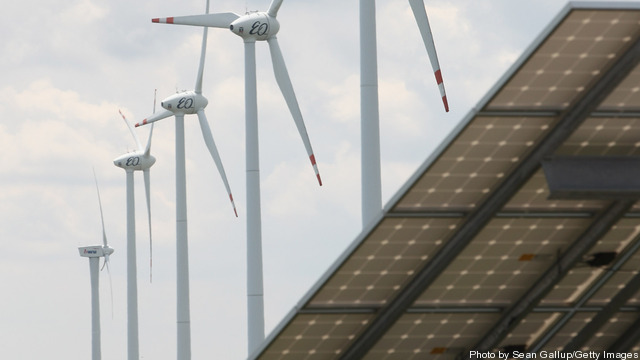
The Dodd-Frank Act, introduced to clamp down on the high-risk transactions that brought the financial system to its knees in 2008, could reduce capital funding for renewable energy projects and hit environmental commodity trading, leading industry experts said last week.
“There was a perception that bankers were ripping off Main Street folks and that needed to be changed. If you look at these causes and say what does this have to do with renewable energy … this has very little to do with renewable energy,” said Steve Michelson, counsel at environmental commodities specialist 3Degrees. “Our [environmental] markets and the energy industry did not cause the financial crisis. But if you look at Congress’s solutions to these problems we are implicated in some ways.” Keep reading →








